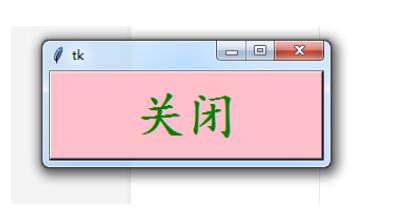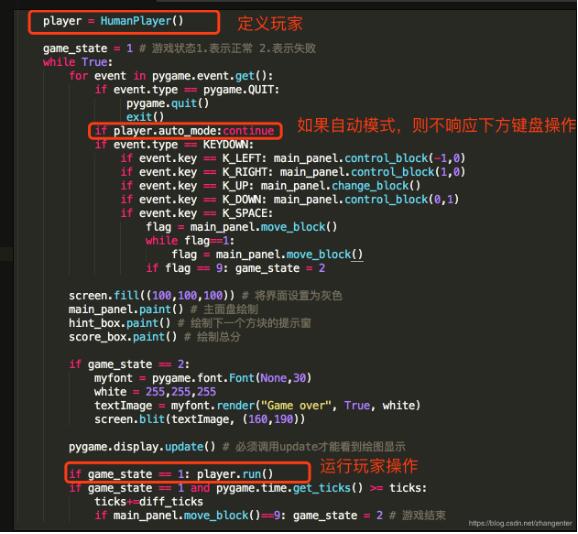Python cookbook(数据结构与算法)实现优先级队列的方法示例
本文实例讲述了Python实现优先级队列的方法。分享给大家供大家参考,具体如下:
问题:要实现一个队列,它能够以给定的优先级对元素排序,且每次pop操作时都会返回优先级最高的那个元素;
解决方案:采用heapq模块实现一个简单的优先级队列
# example.py
#
# Example of a priority queue
import heapq
class PriorityQueue:
def __init__(self):
self._queue = []
self._index = 0
def push(self, item, priority):
heapq.heappush(self._queue, (-priority, self._index, item))
self._index += 1
def pop(self):
return heapq.heappop(self._queue)[-1]
# Example use
class Item:
def __init__(self, name):
self.name = name
def __repr__(self):
return 'Item({!r})'.format(self.name)
q = PriorityQueue()
q.push(Item('foo'), 1)
q.push(Item('bar'), 5)
q.push(Item('spam'), 4)
q.push(Item('grok'), 1)
print("Should be bar:", q.pop())
print("Should be spam:", q.pop())
print("Should be foo:", q.pop())
print("Should be grok:", q.pop())
Python 3.4.0 (v3.4.0:04f714765c13, Mar 16 2014, 19:24:06) [MSC v.1600 32 bit (Intel)] on win32
Type "copyright", "credits" or "license()" for more information.
>>> ================================ RESTART ================================
>>>
Should be bar: Item('bar')
Should be spam: Item('spam')
Should be foo: Item('foo')
Should be grok: Item('grok')
>>>
可以看出:第一次执行pop()操作时返回的元素具有最高的优先级;对于相同优先级的两个元素(foo和gork)返回的顺序同它们插入到队列时的顺序相同。
在这段代码中,队列以元组(-priority, self._index, item)的形式组成,priority取负值是为了队列按照从高到低的顺序排列,这和堆默认的从小到大的排序相反。
变量index的作用是对相同优先级的元素以适当的顺序排列,特别对同优先级的元素间做比较操作时扮演了重要的角色。
Item实例无法进行次序比较:
a=Item('foo')
b=Item('bar')
print('a<b: ',a<b)
>>>
Traceback (most recent call last):
File "D:\4autotests\02script\python-cookbook\python-cookbook-master\src\1\5.implementing_a_priority_queue\example.py", line 27, in <module>
print('a<b: ',a<b)
TypeError: unorderable types: Item() < Item()
>>>
如果以元组(priority, item)的形式来表示元素,只要优先级不同,就可进行比较:
a=(1,Item('foo'))
b=(5,Item('bar'))
c=(1,Item('gork'))
print('a<b: ',a<b)
print('a<c: ',a<c)
>>>
a<b: True
Traceback (most recent call last):
File "D:\4autotests\02script\python-cookbook\python-cookbook-master\src\1\5.implementing_a_priority_queue\example.py", line 29, in <module>
print('a<c: ',a<c)
TypeError: unorderable types: Item() < Item()
>>>
引入额外的索引值,以(priority, index, item)的方式建立元组,就可以避免相同优先级无法比较的问题,因为没有哪两个元组会有相同的index值;
a=(1,0,Item('foo'))
b=(5,1,Item('bar'))
c=(1,2,Item('gork'))
print('a<b: ',a<b)
print('a<c: ',a<c)
>>>
a<b: True
a<c: True
>>>
如果想将这个队列用于线程间通信,还需要增加适当的锁和信号机制。
(代码摘自《Python Cookbook》)
更多关于Python相关内容感兴趣的读者可查看本站专题:《Python数据结构与算法教程》、《Python加密解密算法与技巧总结》、《Python编码操作技巧总结》、《Python函数使用技巧总结》、《Python字符串操作技巧汇总》及《Python入门与进阶经典教程》
希望本文所述对大家Python程序设计有所帮助。


